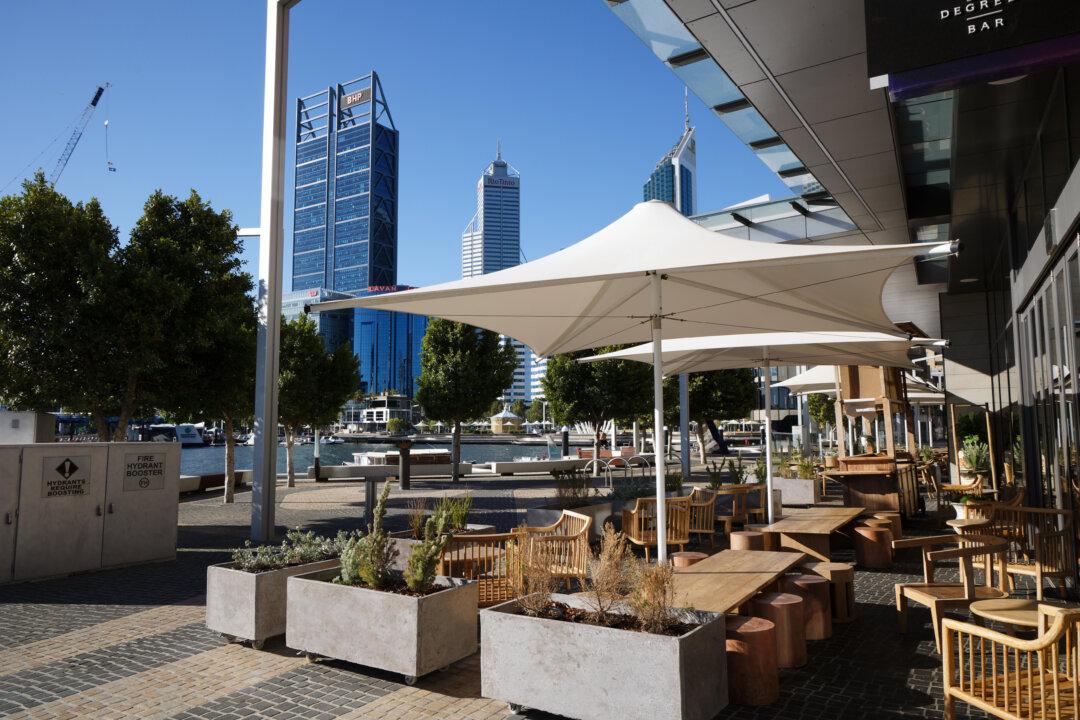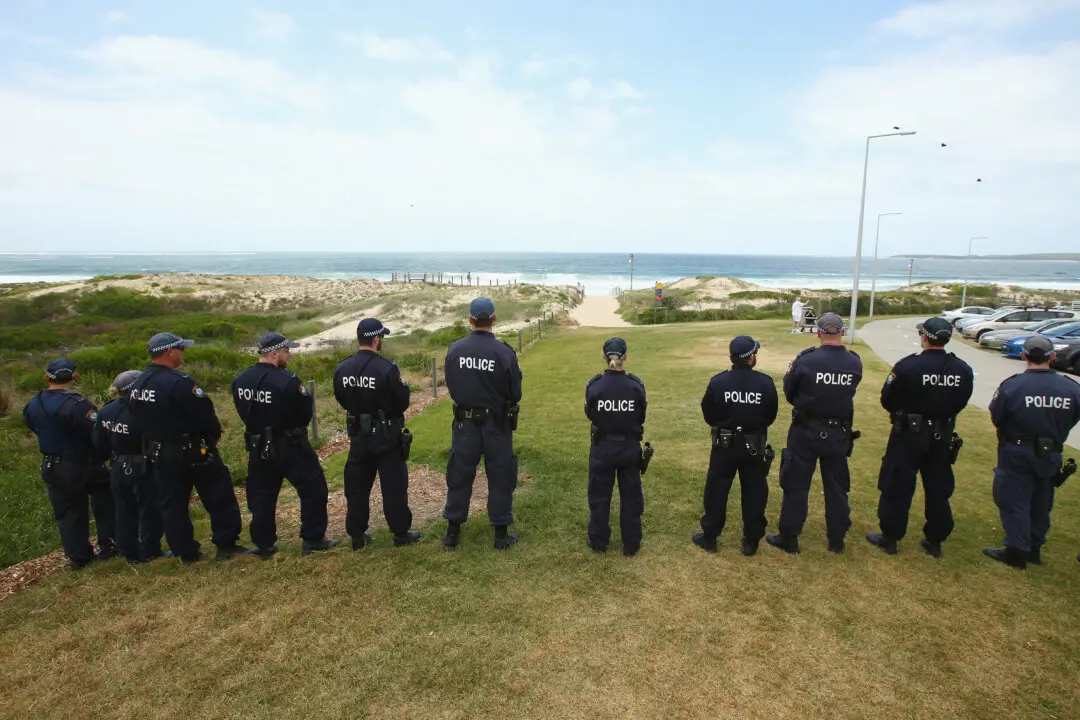Australian businesses are failing at a rate not seen since the height of the pandemic lockdowns in October 2020. All sectors are affected, but food and beverage services are worst hit, according to the October Business Risk Index (BRI) from CreditorWatch.
Annualised insolvency rates have more than doubled over the last 18 months, exceeding pre-COVID levels by about 25 percent.





